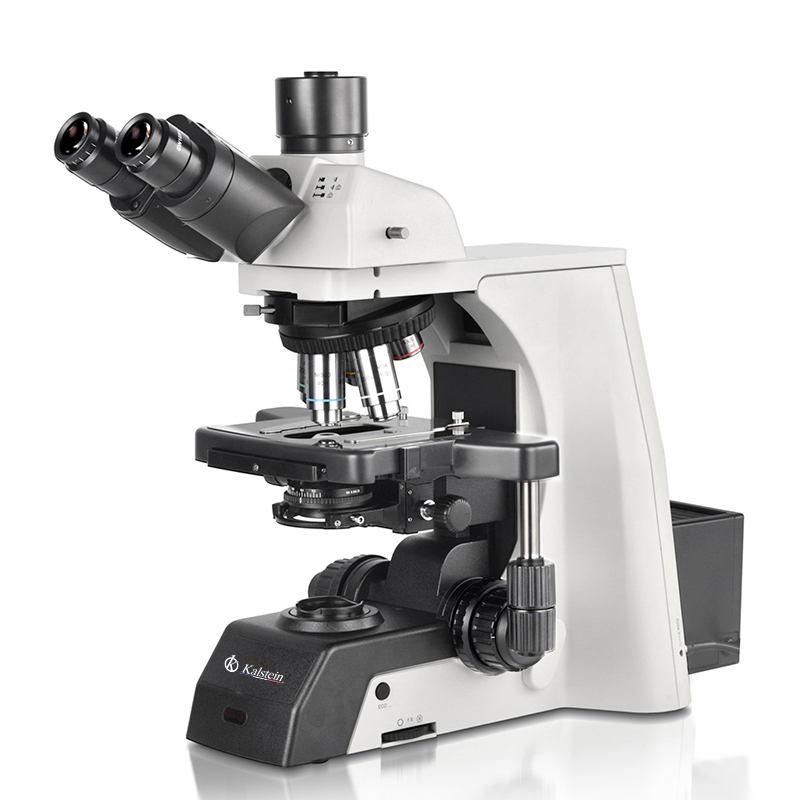The microscope is an instrument that allows observing objects that are not perceptible to the human eye. This is achieved by an optical system composed of lenses, which form and amplify the image of the object being observed.
How was your history?
The microscope was invented by Zacharias Janssen in the year 1590. In the year 1665 it appears in the work of William Harvey on blood circulation when looking at the microscope the blood capillaries, and Robert Hooke published his work Micrographia.
In any case, it can be considered that it was Anton Van Leeuwenhoek who discovered the microorganisms by observing a drop of rotten water, back in the 17th century.
From then on, the microscope underwent different improvements, but without a doubt, it was Ernst Abbe (who published his microscope theory in 1877) who would revolutionize microscopy, which until then used empirical methods.
What should you consider when installing and storing?
First of all it is necessary to emphasize that the microscope is a high precision device. The integrity of its optical, mechanical and electrical components must be observed, in order to keep it in the best conditions. Each element of the microscope has been developed using the most advanced manufacturing techniques.
- Ensure that the environment or area in which the microscope is installed is protected or protected from dust and moisture. The ideal environment must have an air conditioning system that guarantees dust or particle free air, humidity control and temperature control permanently.
- Verify that the environment or area in which the microscope is installed has security: door with lock to prevent unauthorized removal.
- Confirm that the place selected to locate the microscope is away from places such as water pots or where chemical substances are worked, to prevent the equipment from being affected by a spill or splash. Sites that have direct sunlight should also be avoided.
- Verify that the selected place has an electrical outlet in good condition, whose voltage is adjusted in magnitude and frequency with the electrical codes and standards, and that it is compatible with that of the microscope lighting system. If the microscope uses a mirror, it must be located near a window that allows good lighting, but without being directly exposed to sunlight.
- Install the microscope on a level surface with a rigid structure, under which there is enough space for the user –microscopist– to place his legs and as a consequence can bring the body towards the microscope and the head towards the eyepieces, without forcing the spine : neck and back.
- To facilitate the placement of the microscopist, provide a chair of varying height, which provides good lumbar support; if applicable, also provide foot support, located in front of the work site, not in the chair. The purpose is to ensure that the spine is as straight as possible and the flexion of the shoulders and neck is reduced.
What should you consider for your care?
The microscope is a valuable instrument. In order for you to serve effectively year after year, you need to be given proper care. For this reason, remember the following indications:
- Avoid moving the microscope when the lamp is on, since the filament of the incandescent lamp is extremely sensitive.
- To move it remotely, use the corresponding fixing screws.
- Do not touch the eyepieces and lenses with your fingers, to avoid staining them with their natural fat.
- Do not change your microscope or lenses.
- After using the microscope, clean it with a linen cloth, free of dust, or with hydrophilic cotton. Verify that they have not been prepared on the stage.
- Leave it with the objective of lower magnification, the stage as close as possible to it, and protected with the corresponding cover.
In Kalstein we offer you, microscopes that meet the highest demands, whatever the application, from routine clinical laboratory work to advanced fields of cell research. That’s why we invite you to take a look at our microscopes available HERE

